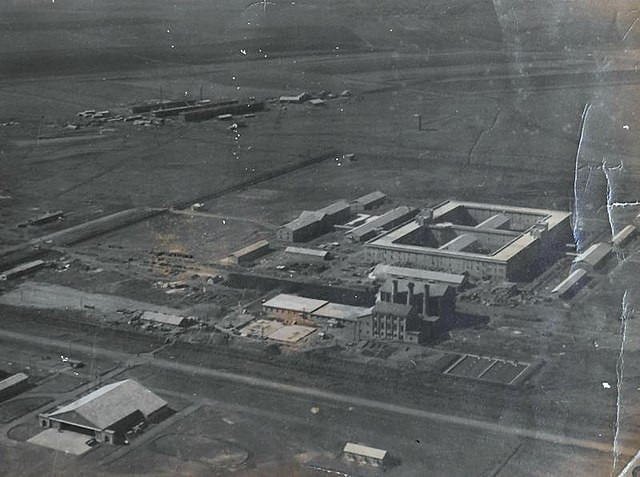Chinese archaeologists say they have discovered an underground bunker used by scientists in the Empire of Japan to conduct horrific human experiments during World War II.
The site was recently found by the Heilongjiang Provincial Institute of Cultural Relics and Archeology near the small city of Anda in northeastern China’s Heilongjiang province, the South China Morning Post reported. It is said that the bunker consists of a U-shaped underground structure approximately 33 meters long and 20.6 meters wide, as well as a series of interconnected tunnels and chambers.
Researchers claim that this structure is a laboratory and prison cell used by the infamous Unit 731 (Unit 731), a secret research and development unit set up in Japanese-occupied China. The unit began as a public health unit in the 1930s, but later evolved into a biological and chemical warfare research organization using Chinese, Korean, Russian and American subjects. The cruelty caused by this unit has reached truly incomprehensible levels.
It was the center of terrible experiments
Under the command of General Shirō Ishii, vital organs and limbs were removed for the sole purpose of studying blood loss and trauma in humans. Human targets have been used as live subjects for a range of weapons, including grenades, flamethrowers, shrapnel bombs, pathogen-laden bombs, and chemical weapons.
In many more brutal experiments, people were exposed to low-pressure chambers until their eyes popped, electrified, dried with hot-air fans, spun to death in centrifuges, injected with animal blood, and exposed to lethal amounts of X-rays.
 Unit 731 (Unit 731)
Unit 731 (Unit 731)Estimates vary, but it is believed that between 3,000 and 12,000 men, women and children died in Unit 731. Hundreds of thousands more have died as a result of attempts to release biological weapons such as plague animals to living populations.
Interestingly, this gruesome page of history contains evidence that the United States helped cover up many of the atrocities committed under Unit 731.
After the Empire of Japan surrendered in August/September 1945, the United States secretly granted exemptions from war crimes prosecution to many Japanese officials associated with Unit 731. In addition, an intense effort was made to withdraw vital information from the International Military Tribunal for the Far East, the Japanese counterpart of the Nuremberg trials.
Surprisingly, data from Japanese human experiments was transferred to Fort Detrick in Maryland, where it was used during part of the Cold War to boost the US biological weapons program.
The scale and depth of the horror wrought by Unit 731 personnel underscores the importance of remembering this terrible period in history, no matter how difficult. Archaeologists who recently discovered the site note that the newly uncovered bunker “highlights the continuing legacy of Unit 731’s brutality and their impact on global efforts to prevent biological warfare.”